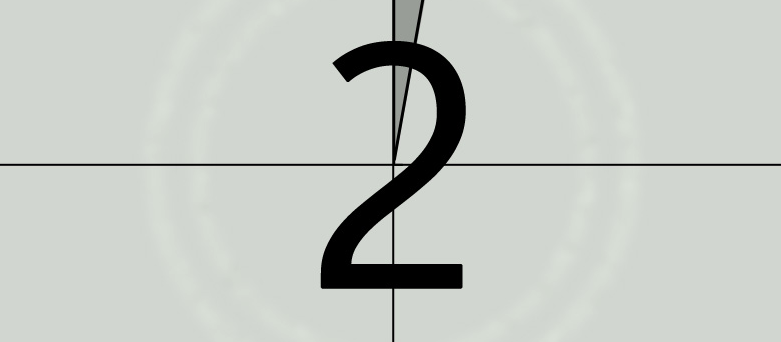
Digital Audio Workstations can be frustrating to use. They are packed with features to be able to do just about anything concerning audio. Sometimes those features get in the way of what we are trying to accomplish. I’ll show you an editing trick I’ve used for 20 years that will eliminate a common problem.
Working with recorded audio requires some expertise that many people are just not interested in reading the manual to conquer. Even if you do read the manual, you sometimes have to come up with your own solutions for the issues that your feature packed DAW are causing.
One tool, in particular, is the shuffle or ripple edit mode, or whatever your program calls it, that allows you to remove a section of audio while shifting everything after it backward in the timeline to take the space of the audio you removed.
Shuffle is a great tool that you can use to remove mis-takes, shorten pauses, or even reduce the length of your breath. All that is great if you only have one project is your session.
Many time, though, you have more than one voice over, commercial, or song in your session. Having everything move down the timeline every time you make an edit is going to cause some headaches.
Here’s Where I Use a 2-pop as an Editing Trick
What? You haven’t heard of a 2-pop?
A 2-pop is simply 2 frames of a 1Khz tone. (See the video for how to create one)
Typically, it is used in video production as an audio cue mechanism and it is placed 2 seconds before the beginning of a television commercial or program.
You have no doubt seen these in the old days of TV when the screen kind of looks like a radar dial going around as it counts down the seconds before the program starts. That beeping sound that you heard as the dial went around is a 2-pop.
Well, I use it for that purpose on a regular basis because I record and edit audio for a lot of television commercials.
In this case, it allows the video editor to use the pop as a means of syncing my audio to his video. I include the 2-pop In my audio mix 2 seconds before the start of the commercial. Then he places that pop 2 seconds before his video starts and all the audio magically falls into place on the TV commercial right where it should.
Simple, right?
So, How Is This An Editing Trick?
If a 2-pop is placed on your voice over track two seconds before every new production, you can lock that little 2 frame file and then freely edit any part of that track without affecting the rest of it.
If you were doing two commercial spots of more, you can edit any one of them after you have already placed them where you want them to permanently remain. And, you can do your editing without having to continually lock and unlock regions to keep them there.
This is a huge time saver, especially if you are zoomed in on one area and you are micro-editing to adjust timing here and there. When zoomed in you may not realize that everything on the timeline is moving with every edit, because you can’t see it happening.
If you are working on multiple versions of the same commercial, like 30, 15, and 10-second edits, you (or someone else) may decide the phrasing in the 15-second spot would work better in the :30 spot.
But the timing might be different.
One you make that edit, the :15 voice over is going to move. The :10 voice over is going to move, also.
If you are recording commercials for a chain of stores, you could have an awful lot of spots in your session.
They are all going to move out of time while you work on improving that one :30 spot at the beginning of the session.
With a 2-pop in place, none of those other edits are going to move and you can freely grab anything from those edits that you want to use without having to unlock and then lock those regions again.
A 2-Pop Editing Trick Bonus
If you are working with a voice talent that likes to hear the music while they read or you yourself like to work that way, a 2-pop is a perfect cue to get the voice over starting when the music does.
When reading to music, there is going to be a delay in the start of the read after the music is heard. If your copy is dangerously close to 30 seconds, there is no time for delay.
Having that 2 seconds to cue you when the music starts will allow the voice over to start at the same time. This could save you a lot of editing and shifting and nudging regions into place.
The 2-pop is an editing trick I’ve used for 20 years to keep my files from moving out of time without the tedious, additional steps of locking and unlocking tons of regions.
Give it a try and see if it gives you the freedom to edit with confidence and speed up your sessions.
If you are getting useful tips out of this series, please leave a comment below and stay tuned for the next 180 To Great VO.

Wow, that’s a super tip, Jim! Thank you so much for sharing this helpful info. Hope you are doing great.
Thanks, Chris,
It has made editing so much easier when you don’t have to go through those tedious little steps all the time.
Things are going pretty good here, I hope the same for you.